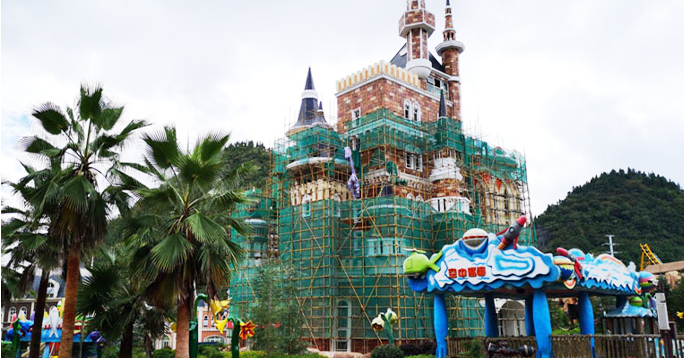- Albanian
- Arabic
- Belarusian
- Bengali
- Czech
- English
- French
- German
- Hebrew
- Hungarian
- Indonesian
- irish
- Italian
- Japanese
- kazakh
- Persian
- Russian
- Thai
- Uzbek
- Vietnamese
roller coaster design drawing
The Art and Science of Roller Coaster Design
Roller coasters are not just amusement park attractions; they are engineering marvels that blend art and science to create thrilling experiences for riders. The intricate process of roller coaster design begins with a clear concept and ends with a meticulously detailed drawing that brings the vision to life. These blueprints serve as the foundation for construction, ensuring safety while maximizing excitement.
Understanding Forces and Physics
Before diving into design drawings, engineers must have a thorough understanding of the forces at play during a roller coaster ride. Gravity, acceleration, and centrifugal forces are all pivotal in shaping the experience. The thrill of a coaster comes from rapid changes in speed and direction, achieved through elements like loops, drops, and turns. Designers must calculate these forces carefully to ensure that riders experience adrenaline without sacrificing safety.
The Design Drawing Process
The journey begins with brainstorming ideas. Designers envision what the ride should feel like and sketch conceptual layouts. This initial phase may involve hand-drawn sketches or computer-aided design (CAD) tools. At this stage, aesthetics matter, as designers think about how the ride will integrate into the landscape and attract riders’ attention.
Once the initial concept is solidified, detailed design drawings are created. These drawings include intricate details such as the track layout, height specifications, and support structures. Engineers use CAD software to draft these designs, allowing for precise measurements and adjustments. These drawings will indicate not only the shape and size of the coaster but also the materials needed for construction.
Safety Considerations
roller coaster design drawing

Safety is paramount in roller coaster design. Each ride must undergo rigorous analysis to meet safety standards and regulations. Designers must account for various factors, such as the maximum speed and height, which influence the forces felt by riders. Each component, from the track to the cars, must be meticulously designed to withstand the stresses of operation.
Moreover, the design drawings include safety features such as seatbelts, harnesses, and evacuation systems. Every coaster must provide a safe experience while still delivering an exhilarating ride. This balance is a critical aspect of design and is repeatedly reviewed through simulations and testing.
The Role of Creative Elements
While the science of the ride is crucial, the artistic element of roller coaster design cannot be overlooked. Designers use creativity to craft a narrative for the ride. Whether through theming, visuals, or sound effects, engaging the senses enhances the riding experience. The design drawing will often reflect these aspects, including elements that immerse riders in a story, from mythical landscapes to futuristic settings.
Finalizing the Design
Once all considerations are integrated into the drawings, the design is finalized and submitted for approvals. This phase may involve presenting the concept to park owners, regulators, and the public. Feedback can lead to further refinements to ensure that the ride meets both aesthetic and performance expectations.
Conclusion
The creation of a roller coaster is a remarkable blend of art, science, and engineering. From the initial sketches to the finalized design drawings, every detail is meticulously crafted to provide a safe yet exhilarating experience for riders. As technology advances, roller coasters will continue to push the boundaries of design, thrilling new generations of amusement park enthusiasts while showcasing the incredible possibilities of human ingenuity.
-
Flume Ride-Hebei Zhipao Amusement Equipment Manufacturing Co., Ltd.|Thrilling Water Attraction&Customizable DesignJul.30,2025
-
Flume Ride - Hebei Zhipao Amusement Equipment | Water Coaster, Thrilling DescentJul.30,2025
-
Flume Ride - Hebei Zhipao | Thrilling Water AttractionJul.30,2025
-
Flume Ride: Thrilling Water Attraction by Hebei Zhipao|Log Flume Manufacturers&Flume Ride DesignJul.30,2025
-
Flume Ride-Hebei Zhipao Amusement Equipment Manufacturing Co., Ltd.|Thrilling Water Coaster, Safe DesignJul.30,2025
-
Flume Ride-Hebei Zhipao Amusement Equipment Manufacturing Co., Ltd.|Thrilling Water Attraction, Safe DesignJul.30,2025
